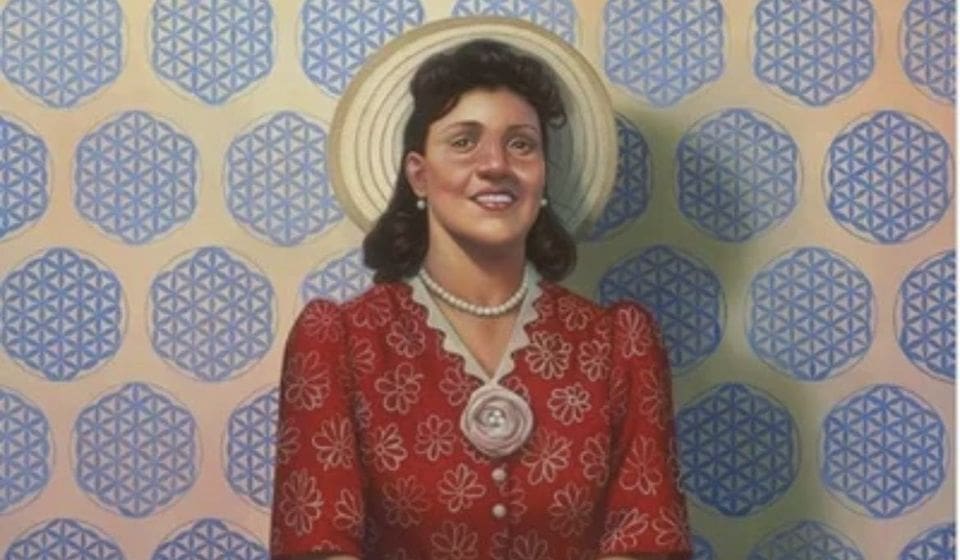Stories
Teaching New Americans about Black history

Painted by Kadir Nelson and acquired by the Smithsonian’s National Portrait Gallery and National Museum of African American History and Culture.
February 24, 2023 | In February, Black History Month gives New Americans a chance to learn more about the integral, historical role of Black Americans in the United States.
In Fall 2022, the International Institute of Minnesota’s College Readiness Academy started teaching students the history of a Black woman named Henrietta Lacks who, to this day, impacts medical research. Learn why her story is important and why the Institute teaches about her in this guest blog post by College Readiness instructor Jamie L. Wright.
In College Readiness Academy class we teach a unit called “Medical Ethics and Henrietta Lacks.” Since many of our students plan to work in health care fields, medical-related information is good preparation.
This unit is inspired by and built around the true story of Henrietta Lacks, a poor, young African American mother and tobacco farmer whose cancer cells were taken without her consent and cultured in a lab. Those cells grew so well, they eventually became known as “HeLa” cells: the first immortal human cell line. Her family didn’t find out until nearly a quarter century later.
Her story gained wide attention after the publication of “The Immortal Life of Henrietta Lacks” by journalist Rebecca Skloot in 2011. More recently, in 2017, a portrait of Henrietta by artist Kadir Nelson was unveiled at the Smithsonian entitled “Henrietta Lacks (HeLa): The Mother of Modern Medicine.”
In our Fall 2022 class, students read and outlined a chapter about stem cells, read excerpts from “The Immortal Life of Henrietta Lacks,” and learned about HeLa cells and the medical advancements that they were a part of.
Some students also participated in a discussion of moral, or human, rights versus legal rights, facilitated by our classroom volunteer Steve Swanson, a retired lawyer and judge. We discussed how cells were taken without her consent and in an unethical way. Yet, her cells contributed to the greater good by advancing medicine in numerous ways — the polio vaccine to, recently, the development of the COVID-19 vaccine.
We choose topics for our College Readiness units based on what we think students will find interesting, topical, and relevant: topics they can bring their own lived experiences to as immigrants and refugees of different ages, genders, and cultural and linguistic backgrounds. Aside from giving our students a taste of what a college course is like, for many of our students, these topics also serve as an introduction to the diverse communities, experiences, and history of Minnesota and the United States.
We also design these courses in the hopes that students will bring their own experiences to our curriculum. For example, one of our recent students was a cell biologist who had cultured cells as part of her job. She had heard of HeLa cells but had not worked with them herself. Her knowledge and experience with cell culture helped all of us better understand how cell culture works and the impact HeLa cells have had on medical research.
Overall, our students were impressed with the story of Henrietta and HeLa cells. Many of them wanted to read the entire book (or at least watch the HBO movie) after the unit was finished! We plan to teach this unit every fall semester.
Written by Jamie L. Wright, College Readiness Academy Instructor. Jamie has worked in second language education for over 10 years, in various capacities. She spent 15 years living in various places outside of the state, including two years abroad, in Seoul, South Korea, before returning to Minnesota in 2018. She speaks Mandarin Chinese and Korean as second languages.